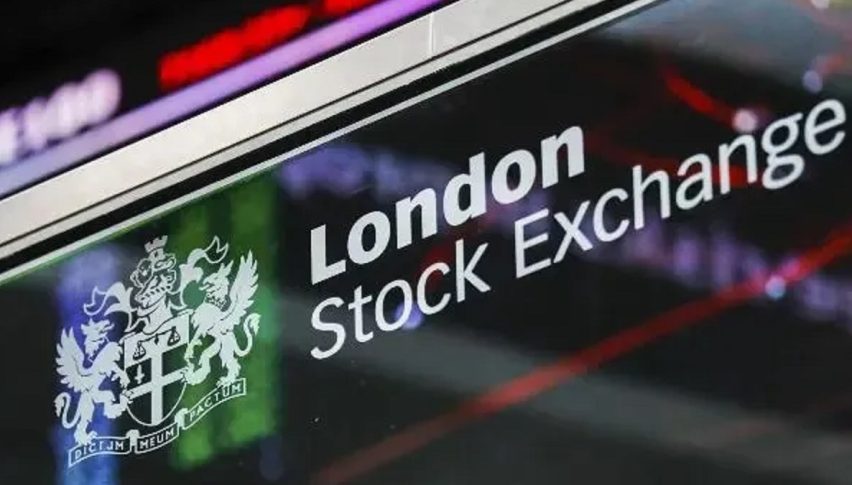Markets End Mixed as Nasdaq Inches Up; Apple Falls on China Exposure
U.S. stock markets ended Monday’s session with mixed results, as the tech-heavy Nasdaq Composite managed a slight gain amid heightened volatility driven by renewed tariff fears under President Donald Trump.

The Dow Jones Industrial Average, which tracks 30 major blue-chip companies, fell 0.91% to 37,965.60 points. The broad-based S&P 500, representing the largest U.S. firms, slipped 0.23% to 5,062.25. In contrast, the Nasdaq Composite rose 0.10% to close at 15,603.26.
The Nasdaq’s modest advance came in the final minutes of trading, spurred by comments from Trump at the White House. While he ruled out suspending tariffs, he promised “fair deals” with countries currently engaged in negotiations.
Earlier in the day, markets had already been shaken by comments from White House economic adviser Kevin Hassett, who suggested Trump was considering a 90-day tariff pause for all countries except China. However, the White House later denied this, and Trump fueled investor anxiety further by threatening additional tariffs on China if it does not withdraw retaliatory measures announced last week.
Sector Breakdown and Apple’s Slide
Real estate (-2.4%) and basic materials (-1.6%) led sector losses, while only communication services (+1.03%) and technology (+0.32%) ended in positive territory. Within the Dow, Apple stood out with a steep 3.67% decline, dragged down by its heavy exposure to the Chinese market.
Wall Street’s ‘Fear Index’ Surges
Investor nerves were on full display as the CBOE Volatility Index (VIX) — often referred to as Wall Street’s “fear gauge” — surged past 60 intraday, its highest level since August 2024. Although it pulled back slightly later in the session, it remained elevated near 50 points.
The VIX futures curve also saw a sharp inversion, signaling short-term stress and a spike in demand for near-term hedging. The spread between one-month and eight-month VIX contracts widened to levels not seen since the height of the COVID-19 crisis in 2020, according to Bloomberg data.
Markets are already pricing in five rate cuts by the Federal Reserve through 2025, as investors brace for a deeper economic slowdown. Treasury yields have dropped significantly amid growing demand for safe-haven assets, driven by fears of weakening growth.

